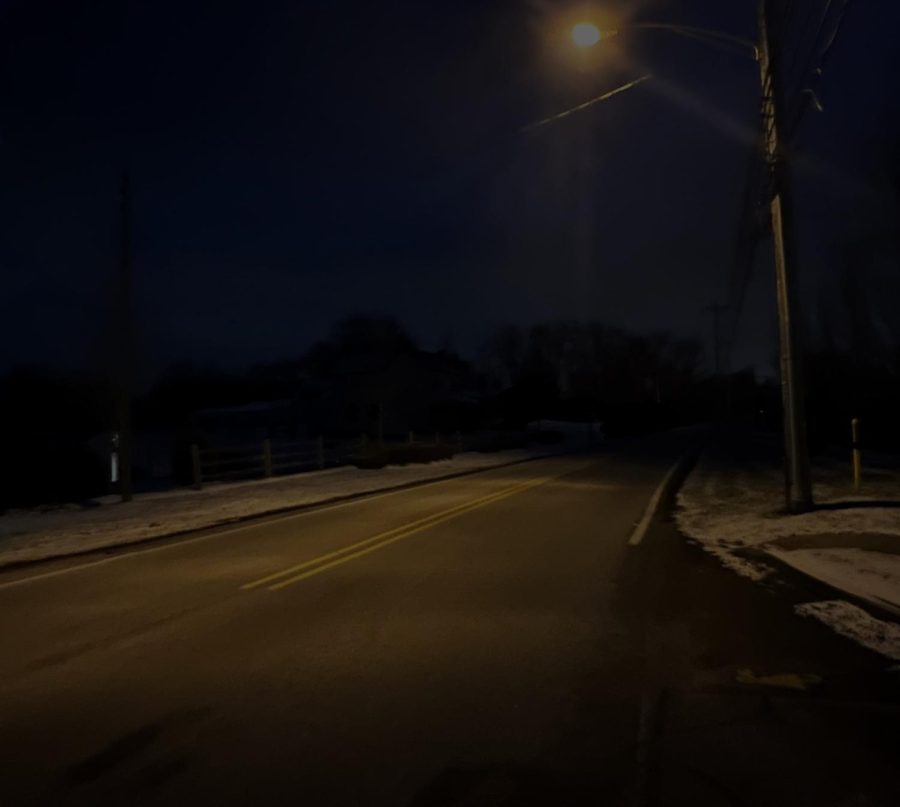The Realities of Human Trafficking
Two local experts detail their efforts to combat this disturbing issue.
Human trafficking is a global concern, but efforts to combat the issue at the local level are making an important difference.
January 4, 2023
Although the dangers of human trafficking have gained more media attention in recent years, the topic is often portrayed simplistically. For most, the expectation of how it occurs may look something like the movie Taken, which portrays a man attempting to find his daughter who was abducted and sold into sexual slavery. While scenarios like this do occur, such Hollywood perceptions can gloss over the complexity of the crime.
According to the Bureau of Justice, from 2011 to 2020 there has been a 62% increase in persons referred to U.S. Attorneys for human trafficking offenses. Despite such a staggering trend, the issue still remains relatively hidden.
Joe Ryczaj, a detective with the Pittsburgh Narcotics and Vice Unit who is also detailed to the Federal Bureau of Investigations, illuminated the matters further in an interview with The Uproar.
“Quite frankly, it’s not policed like narcotics is. Just a couple years ago, you really started hearing about this, and there are very few law enforcement officers that actually do these types of investigations,” Ryczaj said.
While trafficking occurs in many large cities, Pittsburgh has ranked in the nation’s top 10 cities with the highest rates of human trafficking.
“With Pittsburgh, you look at the geographics of it, and what we find when we interview people that are involved in prostitution and sex trafficking is that they’ll work a route,” Ryczaj said.
This pattern is mainly due to Pittsburgh’s close proximity to the interstates as well as the PA Turnpike, which gives easy access to the rest of the state, Ryczaj added.
To elaborate further, Catherine Denny, Volunteer Coordinator for the Christian non-profit Living in Liberty, told The Uproar, “When it comes to Pittsburgh, specifically, we are at the end of a corridor from Chicago to western PA where trafficking could easily occur.”
While it is largely assumed that women are exclusively targeted by traffickers, there are also male victims.
“The majority of survivors are female, and the average age of entry in the U.S. is 12 to 17 years,” Denny said. “There are men who are victims, and it’s very underreported. They are often the silent victims of this already hidden crime.”
Ryczaj added, “We work very closely with Allegheny County’s Office of Children, Youth, and Families, because it’s a venue where you find runaways who are very susceptible to being victims of sex trafficking.”
He also directed attention to the LGBTQ+ community, which is another vulnerable demographic.
While tactics to recruit victims vary, the most common way is via social media, where perpetrators are able to sift through online profiles.
Another tactic is “boy-friending,” which consists of the trafficker adopting the part of the boyfriend and eventually manipulating the victim.
“If you’re looking at teenagers, you’d look for someone hanging out with older people, receiving unexplained or expensive gifts, someone with multiple mobile phones and changes in behavior,” Denny said.
Denny attested to the vulnerability of victims.
“Often our women are coming in without any identification because they are coming from the street or from a place where they were maybe exploited and didn’t have access to their documents,” she said.
While sex trafficking receives the most attention, it is not the only form of human trafficking.
“There are three major components: labor trafficking, domestic servitude, and sex trafficking,” Ryczaj said.
For Ryczaj and Denny, the challenges of working in an emotionally strenuous occupation are real and pertinent.
“It’s very hard to take this home sometimes because you see the inhumanity,” Ryczaj said.
Yet, while trafficking may seem like a daunting problem, hope still exists.
“[Healing] is a long process, but it is absolutely possible,” Denny said. “We have seen women come out on the other side who are reunited with their children, have the jobs that they want, and are able to encourage other women who are being trafficked to get out.”
Organizations like Living in Liberty and Pittsburgh Action Against Rape [PAAR] make it possible for victims to escape these cycles and start fresh.













